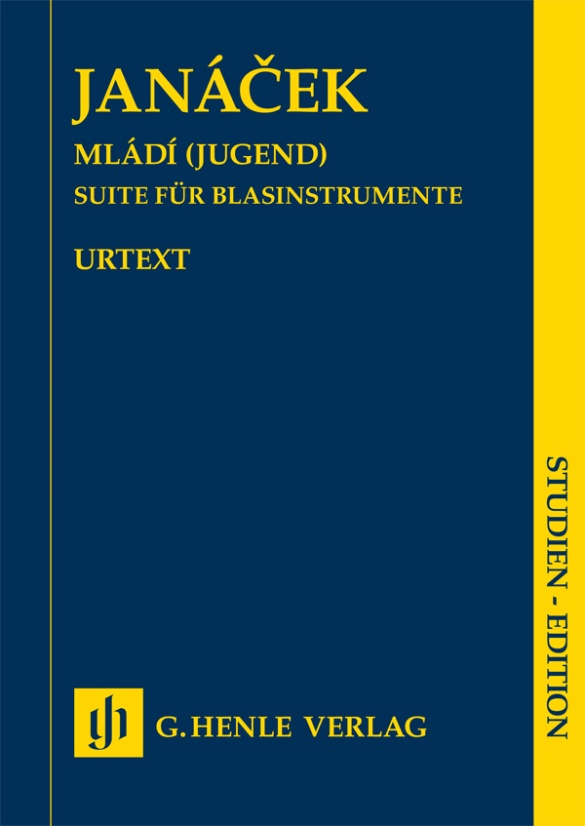

Leos Janácek
Mládí (Youth) - Suite for Wind instruments for Flute/Piccolo, Oboe, Clarinet (B flat), Horn (F), Bassoon, Bass Clarinet (B flat)
Leos Janácek composed his Suite for wind instruments Mládí (in English youth) in 1924, so when he was over 70. Numerous sources still survive for this work, making it difficult to establish the definitive musical text. For our Urtext edition – a cooperation with Universal Edition Wien – Jirí Zahrádka from the Janácek-Archiv in Brno succeeded in brilliantly surmounting this difficulty: he consults all of the handwritten sources for the edition for the first time and is thus able to give exact instructions, for instance regarding the numerous tempo variants. In addition to the printed word texts in the edition, a detailed commentary can also be downloaded here.
Content/Details
About the Composer
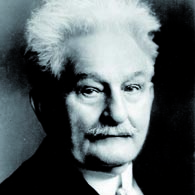
Leos Janácek
He is regarded today as one of the classic opera composers of the twentieth century, whose oeuvre renounces the opera of the nineteenth century to feature music-dramatic realism. He was well known earlier for his choir, chamber, and orchestral works and his collections of folk songs.
| 1854 | Born in Hukvaldy (Moravia) on July 3, the son of a teacher and cantor. |
| 1866 | Chorister at the Augustinian abbey in Brno; music lessons with Pavel Křížkovský, attends the German primary school. |
| 1869–72 | Education at the Slavic Teacher’s Institute, then teacher and choir director in Brno. |
| 1874–75 | Studies at the Prague organ school. |
| 1877 | Suite for Strings. |
| 1879–80 | Studies at the Leipzig Conservatory and in 1880 at the Vienna Conservatory, composes instrumental works. |
| 1881 | Founds an organ school in Brno, which he directs himself. |
| 1884–88 | Reviews of opera performances at the newly opened theater in Brno. |
| 1887 | Beginning of his first operatic composition, “Šárka.” |
| 1890/1899/1901 | Publication of folksong collections. |
| 1904 | Premiere in Brno of the opera “Jenůfa,” which brings him great acclaim and is his most important opera; it treats the problem of the freedom of the individual within the confines of a village community and is regarded as a work of realism. |
| after 1905 | He primarily composes operas drawn from the model of “Jenůfa”: in 1903–07 “Osud” (Fate), “The Excursions of Mr. Brouček” (1908–1920), “Káťa Kabanová” (1920–1921), “The Cunning Little Vixen” (1922–1924), “The Makropulos Case” (1923–1925), “From the House of the Dead” (1927/28) in Brno. |
| 1926 | Sinfonietta; Concertino for piano, two violins, viola, clarinet, French horn, and bassoon; sketches for the violin concerto “The Wandering of a Poor Soul.” |
| 1928 | Death in Moravská Ostrava (Moravian Ostrava) on August 12. |
Product Safety Informations (GPSR)

G. Henle Verlag
Here you can find the information about the manufacturer of the product.G. Henle Verlag e.K.
Forstenrieder Allee 122
81476 München
Germany
info@henle.de
www.henle.com
Als durchwegs vorbildlich muss die Henle-Ausgabe von Jiří Zahrádka bezeichnet werden. Das Vorwort erklärt anschaulich und detailliert die editorischen Knacknüsse und illustriert einige der autografen Korrekturen mit Reprints der Quellen. Den ausführlichen Kritischen Bericht stellt der Verlag außerdem als 18-seitigen Download zur freien Verfügung. Zudem finden zahlreiche Bemerkungen wie etwa verschiedene Tempoangaben sowie die Ossia Eingang in den Notentext (ganz wichtig: auch in die Stimmen!), damit sich auch während der praktischen Arbeit eine Auseinandersetzung mit den Quellen ergeben kann. Ein großzügiger und exzellent lesbarer Druck ohne unangenehme Wendestellen runden den ausgezeichneten Gesamteindruck ab.
Schweizer Musikzeitung, 2016Many arrangers, revisers and copyists tinkered with Janácek's Mládi sextet (wind quintet, plus bass clarinet - here notated in treble clef). Henle selects wisely from the sources, and opts for traditional time-signatuers (nevertheless including 17/16!) over Orff-type versions.
Music teacher magazine, 2016recommendations
autogenerated_cross_selling
Further editions of this title
Further editions of this title


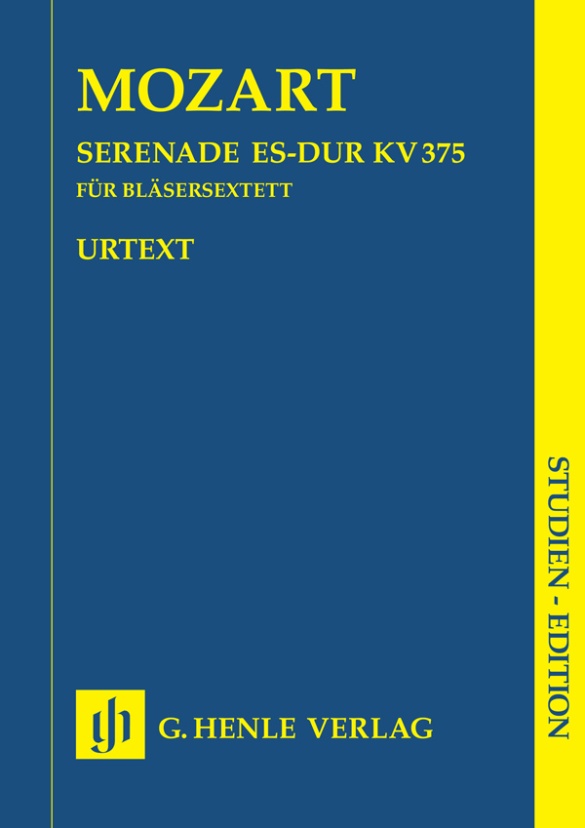

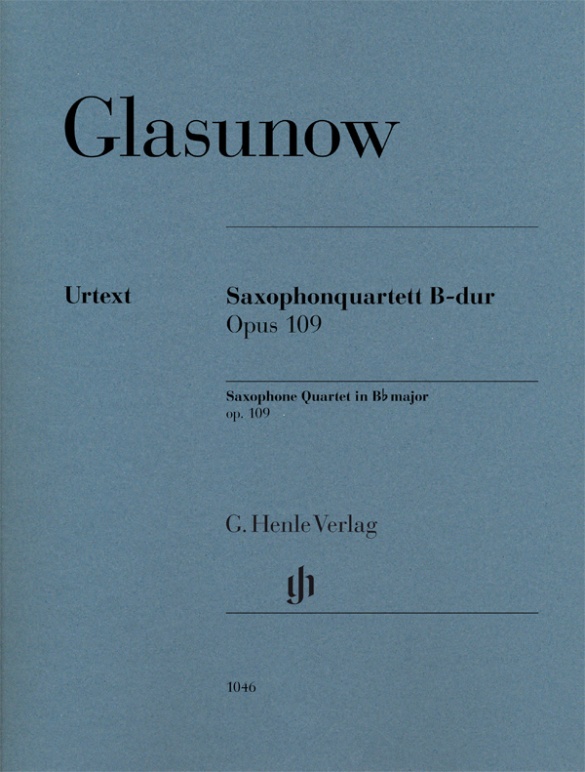
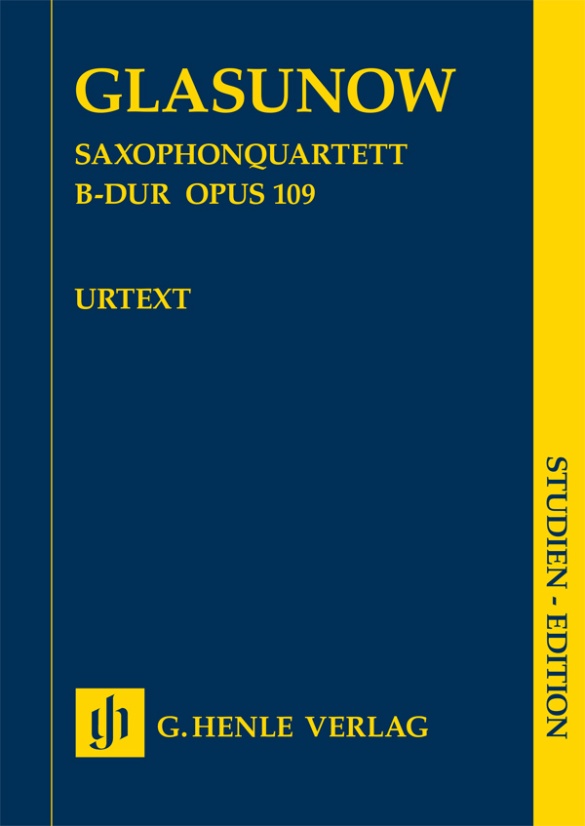
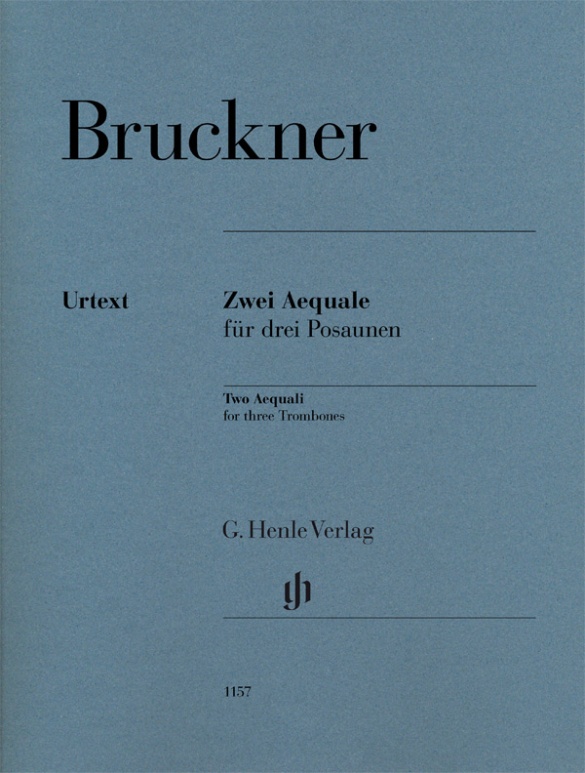
Detailed critical commentary
(not available in the printed editions)
available free-of-charge: Download